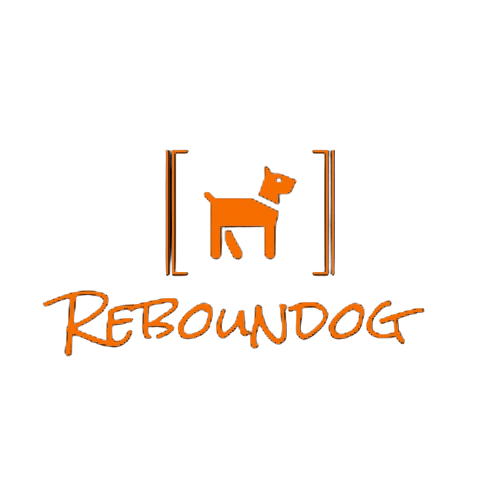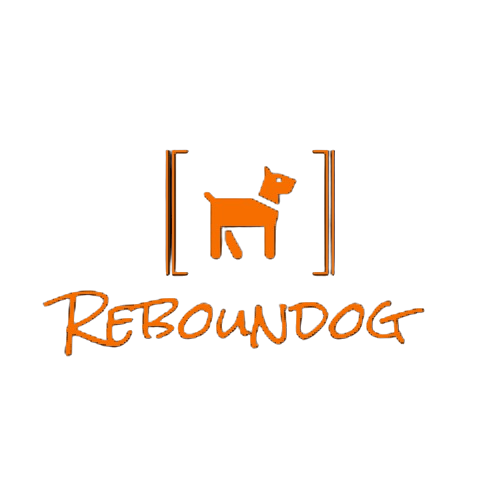Connecting Curious & Transparent Conversations

“Loved the interaction. This is the quintessential reason you began Reboundog. Bravo and glad to assist in a small way”. Debra Vey Voda-Hamilton, Guest conversationalist Reboundog Sofa Meet-up 14 Sept 2023.
All too frequently there are many situations where people are so deeply rooted in their own opinion as being the only possible solution, exacerbated by their unwillingness to listen to someone else's viewpoint, that a conversation achieves nothing. So how do we have conversations that achieve an outcome?
First we need to
Connect
Verb: to establish communication between.
Adjective: of or relating to a connection or connections.
Synonyms: associate, join.
Origin: First recorded in 1400–50; late Middle English, from Latin connectere, equivalent to con- “with, together” + nectere “to tie”; The Value of Connect is core to who I am & what I do - a connector. This description of connector Power relations and institutional dynamics however are, to a degree, a blind spot of the following historical analysis in terms of cultural connectors. Cambridge English Corpus. further exemplifies the barriers described above.
Then we need to have conversations that are both:
Curious
Adjective: eager to learn or know, inquisitive.
Synonyms: inquisitive, interested.
Origin: 1275–1325; Middle English <Latin cūriōsus careful, inquisitive, equivalent to cūri- (combining form of cūra care) + -ōsus-ous.
This requires the ability on all participants to listen without pre-judgement*.
And, at the same time conversations that are;
Transparent
Adjective: open, frank, candid:
Synonyms: clear, translucent.
Origin: First recorded in 1375–1425; late Middle English, from Medieval Latin trānspārent- (stem of trānspārēns) “showing through” (present participle of trānspārēre), equivalent to Latin trāns-trans + pārent- (stem of pārēns), present participle of pārēre “to appear”.
Conversation
Noun: a talk between two or more people in which thoughts, feelings, & ideas are expressed, questions are asked & answered, or new & information is exchanged.
Origin: Middle English conversacioun, from Anglo-French conversacion, from Latin conversation-, conversatio, from conversari to associate with, frequentative of convertere to turn around.
A common barrier to achieving advancements in animal advocacy/ welfare & human mental health is that most conversations are one directional & not turning around.
Thus, we need to Connect for interactive Curious & Transparent Conversations that are Constructive.
How can you start to have Constructive Conversations?

People are complicated, messy & emotional. We often don’t articulate what we mean properly & quite often don’t understand ourselves what it is that we want to say. We may be able to get a clear picture in our heads of what needs to be said, but when the words come out, they don’t quite sound how we thought.
6 Stages to Create Constructive Conversations
1) Build Rapport
Make small talk to build rapport, even if you know someone really well a tiny bit of small talk at the beginning can be useful.
2) State the Purpose
State the purpose of the appointment, meeting or interview to set the context & expectations.
3) Intake
Start with a broad open question, e.g., tell me a little about your business. At this stage your role is to listen. Really listen. Very, very carefully, in this part of the conversation there will be juicy bits, the real information that is incredibly useful that most people miss.
*TopTip: You’re listening effectively when you’re mind is clear, and you have no idea what you’re going to say or how you are going to respond until the person is finished.
The things you are listening out for are:
Feelings - they give you a true picture of the person & their behaviours, personality.
Language - around can, can’t, will, won’t i.e., are they a person who sees opportunities or barriers?
Inconsistencies - listen to your gut feeling as your brain will be picking up on signals that are very subtle & go below the radar of your logical brain. If something doesn’t seem right, it probably isn’t right.
TopTip: take notes during this listening phase & make sure you let the other person know, even on Zoom/Meets.
4) Clarify & Understand
You’ll have asked some questions during the INTAKE stage. This stage is about asking supplementary questions to clarify & understand.
Repeating back what you’ve heard is useful at this stage to make sure you’ve understood exactly what they’re saying. You’ll either get a ‘yes, that’s correct’ or the person will correct you if you’ve got some things wrong.
You're supplementary questions are likely to start with:
What, When, Who, How, Where or Tell me a bit more about....
So, if I understand it correctly....
Am I right in thinking....?
Can you help me understand “X” in more detail please?
They’re unlikely to start with a ‘why’. When you use ‘why’ it often puts people on the defensive & you often get stock or rehearsed answers. Once you have all the info you feel you need, then you can use ‘why’ as a final summary of what you’ve heard so far.
Bonus question: Is there anything you think I should have asked & haven’t?
5) Suggestions & Solutions
At this stage you should have enough information to be able to come up with a few suggestions on how to move forward, e.g., if you’re discussing a new collaboration project, you will either
Make the suggestions & solutions yourself and seek agreement
Or
Ask this question “how would you like to move forward now?” Or “what would you like your next steps to be?”
6) Next Steps
Once a way forward has been agreed, you can then make one more clarification statement to ensure you’ve got everything accurately and then agree the next steps.
This is about confirming what you will do or what other people in the room will do & when you will do it by and exactly what it is you’ll do.
TopTip: When you’re using NEXT STEPS in meetings make sure everyone has a copy within 24 hours of the meeting ending.
If you’d like to learn about being able to use Constructive Conversations in your work, your meetings & your networks and more, please visit Reboundog Coaching.





Comments ()